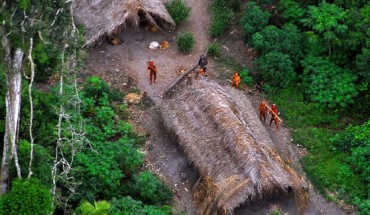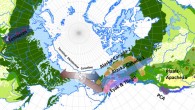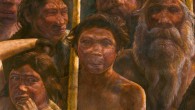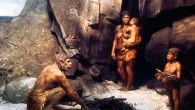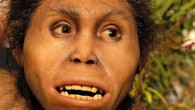U.S. researchers from the University of Missouri and the University of New Mexico have used satellite images to track the movements and demographic health of an uncontacted tribe in the Brazilian state of Acre near the Peruvian border. Members of an uncontacted tribe in the Brazilian state of Acre. Image credit: Government of Brazil. Remote surveillance is the only method to safely track uncontacted indigenous societies and may offer information that...

